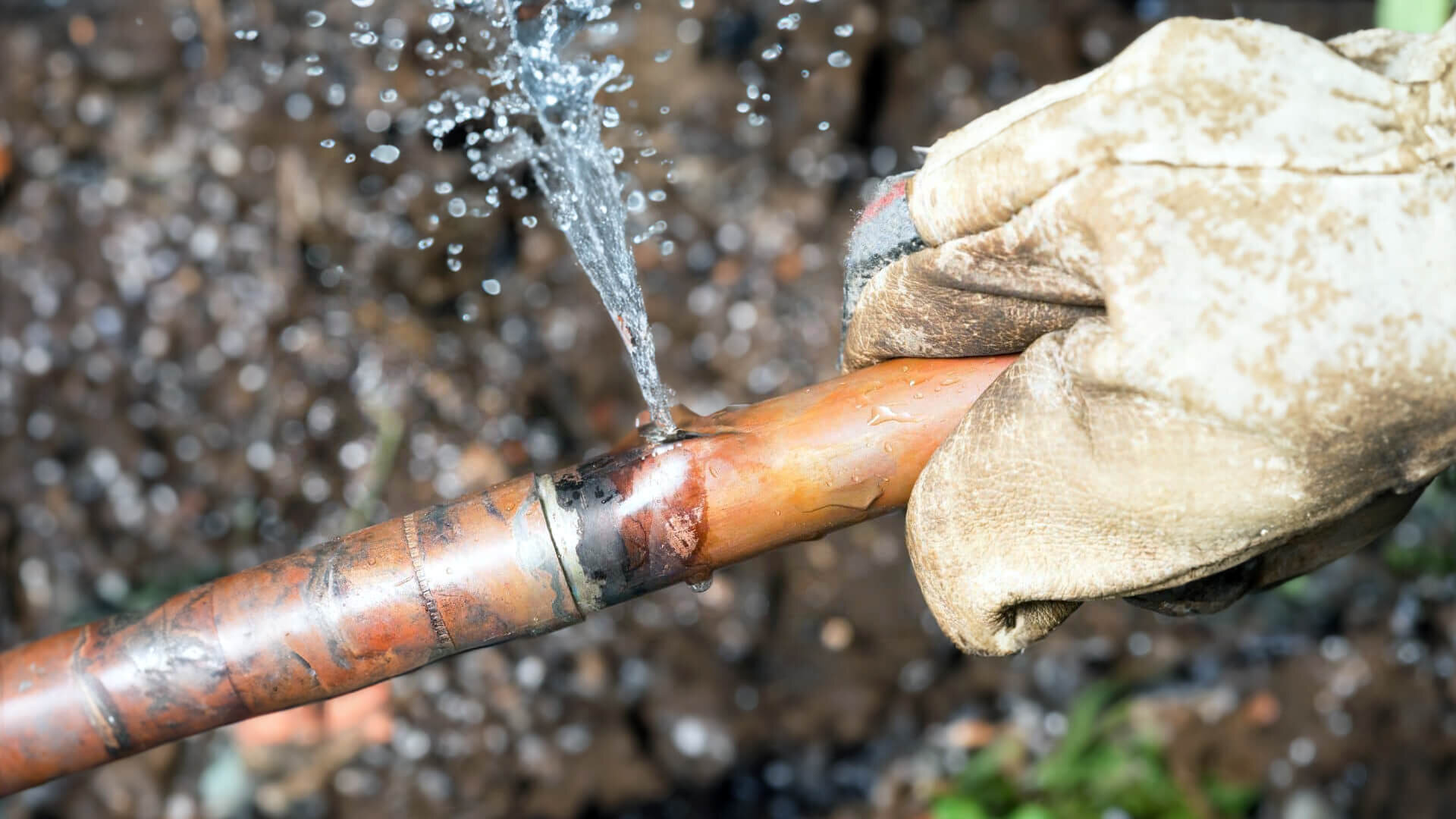Preventing Ruptured Pipes: Vital Tips to Safeguard Your Pipes
Protecting against burst pipes is a vital problem for home owners, especially throughout cooler months when the risk of freezing is increased. Carrying out tactical steps such as proper insulation, regular assessments, and keeping consistent interior temperatures can significantly lower the probability of pipeline failure. Furthermore, comprehending emergency situation treatments gears up property owners to respond quickly to potential plumbing concerns. Several are uninformed of the specific vulnerabilities that their pipelines may encounter. Exploring these vulnerabilities can provide very useful understandings right into safeguarding your plumbing system successfully.
Understand Pipe Vulnerabilities
Understanding pipe susceptabilities is important for efficient plumbing upkeep and protecting against expensive damages. A number of variables contribute to the sensitivity of pipes to bursts, including product structure, age, and ecological conditions. Older pipelines, especially those made from galvanized steel or polybutylene, frequently weaken over time, bring about raised risk of leakages and tears.
Temperature level changes can also dramatically influence pipe honesty. In colder climates, water entraped in pipelines can ice up, putting in and broadening pressure on the pipe walls, which may inevitably result in a ruptured. High water pressure can stress pipes, specifically at joints and bends, enhancing the likelihood of failure.

Insulate Pipes Correctly
Correct insulation of pipelines is important for preventing cold and subsequent bursts throughout winter (burst pipe). Insulating your plumbing system successfully safeguards against temperature level drops that can bring about pricey damages. Begin by identifying susceptible areas where pipelines are revealed to outdoor temperature levels, such as basements, attic rooms, and outside wall surfaces
Usage foam pipe insulation sleeves or cover insulation tape around these areas to supply a safety barrier. Make sure that all sections of the pipelines, specifically those with restricted warm direct exposure, receive appropriate insulation. Pay special focus to fittings and joints, as these are more at risk to freezing.
When insulating, it's vital to select materials that satisfy regional building regulations and are proper for the details atmosphere. Fiberglass insulation is typically recommended for its thermal resistance residential or commercial properties. Furthermore, consider utilizing heat cables or tape in extreme conditions, which can be connected in to offer extra warm
Regularly inspect insulated pipelines for any kind of signs of wear or damages, as endangered insulation can decrease its performance. By taking these proactive steps, you considerably minimize the danger of pipe ruptureds, ensuring a trusted plumbing system throughout the cold weather.
Maintain Consistent Temperature Level
A secure interior temperature level is important for protecting against ruptured pipes throughout the frigid months. When temperature levels drop, water within pipelines can freeze, broadening and developing stress that may inevitably trigger the pipelines to ruptured.Using a programmable thermostat can try this web-site assist manage indoor temperature levels successfully, ensuring that areas with pipes stay cozy even when the residence is vacant.
This minor circulation of water can avoid freezing by alleviating stress within the pipes. By executing these methods, homeowners can dramatically reduce the risk of pipeline ruptureds and safeguard their plumbing systems versus the severe winter months aspects.
On A Regular Basis Check Plumbing
Routine assessments of pipes systems are vital for protecting against ruptured pipelines and keeping overall home stability. Routine checks enable home owners to identify prospective concerns prior to they intensify into pricey repairs or major water damage. During these assessments, this hyperlink it is necessary to take a look at noticeable pipelines for signs of corrosion, leaks, or wear. Pay special interest to locations prone to freezing, such as basements, attics, and outside wall surfaces.
In addition, examining links and joints is essential, as these points are usually at risk to leakages. Home owners need to additionally evaluate water stress levels, as too much stress can strain the plumbing system and boost the danger of pipe ruptureds.
Take into consideration scheduling specialist pipes examinations at the very least once a year, especially before winter, to guarantee your system is prepared for chillier temperatures. By being aggressive in your strategy, you can secure your home against the turbulent and expensive repercussions of ruptured pipelines.
Know Emergency Situation Treatments
Comprehending emergency procedures is vital for every home owner, specifically after carrying out regular pipes assessments. Being prepared for a pipes emergency can substantially minimize damages and save costs.
Following, maintain essential tools helpful. A pipes emergency set should consist of a wrench, bettor, and towels, in addition to a flashlight and a container for small leaks. In addition, take into consideration having the contact info for a relied on plumbing technician easily available, should the situation escalate beyond your control.
If you find a leakage or ruptured pipe, promptly transform off the water supply and notify your plumbing. Additionally, document the damage with photographs for insurance coverage functions. webpage burst pipe. Know the indicators of potential pipes concerns, such as unusual water stress fluctuations or damp places on walls
Ultimately, positive knowledge and speedy action are crucial in managing pipes emergency situations, guaranteeing your home remains protected and decreasing potential damages.

Conclusion
To conclude, protecting against burst pipelines demands a multifaceted method that includes understanding pipe vulnerabilities, correct insulation, keeping regular interior temperatures, regular examinations, and knowledge of emergency situation procedures. By applying these important methods, the risk of plumbing failures can be significantly reduced, consequently ensuring the durability and effectiveness of the plumbing system. Aggressive steps not just safeguard against possible damage yet additionally add to total water conservation and the protection of building.
In chillier climates, water caught in pipelines can ice up, expanding and putting in stress on the pipe walls, which might inevitably lead to a burst. When temperature levels drop, water within pipelines can ice up, increasing and developing pressure that may ultimately cause the pipes to burst. By implementing these approaches, home owners can significantly minimize the danger of pipeline ruptureds and safeguard their plumbing systems against the extreme winter season elements.
